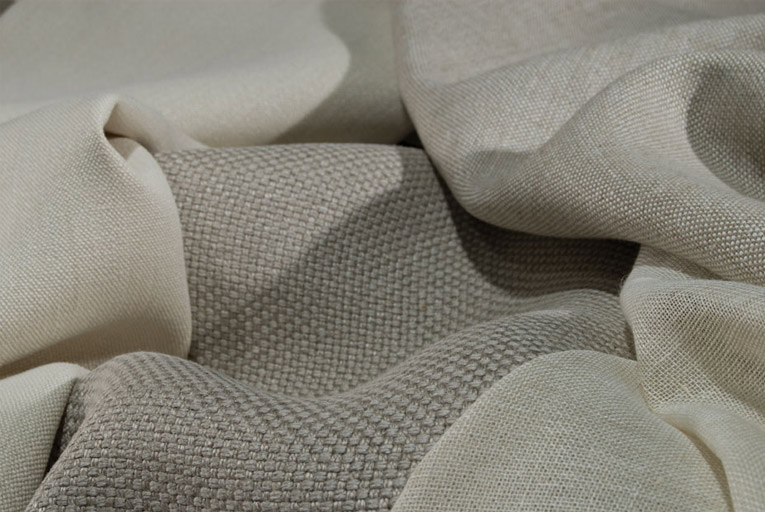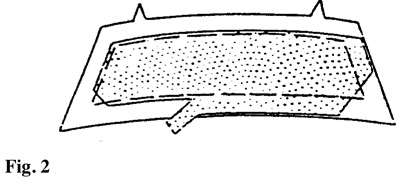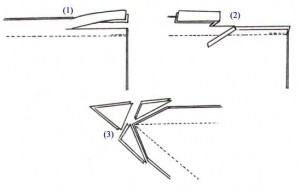When writing about fusibles I confessed to having had a lot of bad luck and Sheila Lenkman wrote in to talk about the "cool down" time needed to properly set a fusible interfacing. This is something I didn't know about. Although it makes a lot of sense. Cool down time is needed when applying iron-on transfers.
Sheila is a very experienced costumer who will be teaching with me at the Midwest Costume Academy on March 1st ... more about that later this week.
So, I looked what various people had to say about the cool down period after applying a fusible interfacing and this is what I found out. All the websites that mention the cool down period, basically say "don't move the piece until it is cool". A couple say, you can carefully move the piece to a table. Which means you can do the next piece right away. I found a really good tutorial at Sewing Sunsets showing how to fuse interfacing. Read it carefully she uses some sprayed water and pressing clothes.
BUT!!! this just in from Sheila!!
Hmm, let's see...The best way to think of it is to realize that when you press with a steam iron, you are getting your fabric damp. The water helps relax the fibers. But, glue doesn't stick to damp fabrics. So, the first step is to preshrink your body fabric and your fusible. Choose a fusible that has an even application of glue and a stable base fabric (we use a cotton woven fusible for most applications). Preshrink it by either wetting it, or, even better, steaming it. Cut a loose, slightly bigger shape of your pattern piece out of the fusible. Place it on the back side of your body piece and tack it with the iron in a few spots, making sure it is smooth. Then flip it and really heat and steam it, working from your body side. This will relax the fibers and melt the glue. If your fabric will scorch, use a press cloth. Then, turn off your steam and heat that piece until you can barely stand to touch it. The next step is to ignore it until it is cool to the touch, DO NOT LIFT IT until it is cool. Trim the excess fusible and go back and heat the edges if you could not get close to them.
I have said several times that it doesn't have to be called interfacing to be interfacing. And what I mean be that is really fine clothes made by couture seamstresses use, linen, muslin, silk organza, canvas, or even an additional layer of the fabric you are making the garment out of for interfacings. You don't have to use the stuff that is called interfacing in the store. Actually using an extra layer of a sheer fabric for interfacing works really well, since the color will match.
As long as all the fabrics you are using have been washed or preshrunk, you can use a variety of fabrics for interfacing. The main consideration is if the fabric works well with your fashion fabric. An experienced seamstress can help here or ...
This is where are good sewing book come in really handy. You can read my blog on the sewing books I own. The best one for learning about using natural fabrics for interfacing is "Couture Sewing Techniques" by Claire B. Shaeffer, which you can read part of at Google Books. Another good book for using sewn-in interfacing is the 1976 edition of the "Reader's Digest Complete Guide to Sewing". I imagine other sewing books from the 60s and 70s would be good, too. Earlier books don't seem to talk about interfacing much and later books rely pretty much on fusibles and non-woven.
I did find a good tutorial for applying sewn-interfacing at Sew Me Your Stuff, but there's not to much information on the different kinds of fabric to use. This tutorial at Dog Under My Desk blog has some good tips, too, but she advocates non-wovens more that I would.
Basically these tutorials tell you to lay the fabric being used as the interfacing on the wrong side of the main fabric. Smooth out all the bubbles. Pin around the edge. Machine baste just inside the seam line. Then after the pieces are all joined for that section of the garment, the interfacing should be trimmed as closely to the stitching line as possible and the other fabrics in the seam allowance graded (cut to different widths) like illustration (2) below.
The next time I make something with sewn in interfacing I am going to take some good photos and make my own tutorial. I must be a dinosaur, because I'm just not finding any tutorial showing quite what I mean.
Next interfacing installment will be all about tailoring.




 RSS Feed
RSS Feed